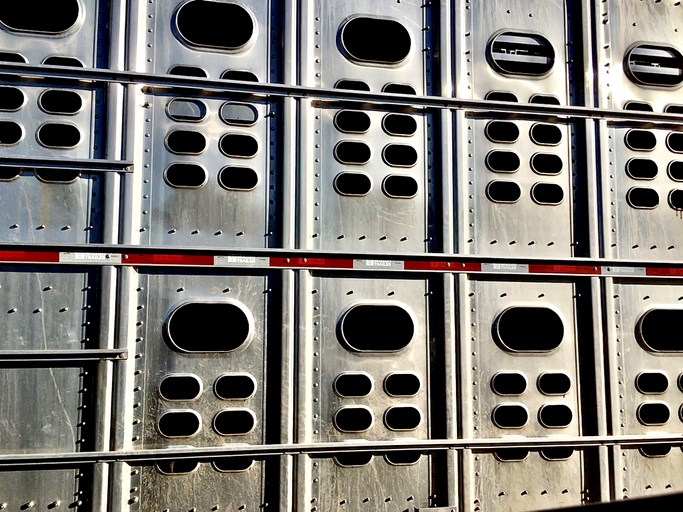New Brunswick beef producers are opening their gates to western Canadian cattle as access to feed continues to tighten because of the drought.
“Our message to our western counterparts is, anything we can do to help,” Nathan Phinney, a New Brunswick-based Canadian Cattlemen’s Association board member, said about the Cows East initiative.
The plan is to build on the Hay West program, which is being organized to ship feed to struggling prairie ranchers, by providing grazing pastures for cows that otherwise might be sold for slaughter, said Phinney.
“Ultimately, every one that we can keep out of the packing house is one for the future.”
Cedric MacLeod of New Brunswick Cattle Producers is helping spearhead Cows East, which he hopes will help give western ranchers options outside the auction markets while expanding Atlantic Canada’s herd and stabilizing national cattle inventories.
The region set a 10-year growth target in 2017 of 20,000 cows, said MacLeod.
“This is a great opportunity for us to fulfill those sector goals and get some heifers brought in and alleviate downward market pressure that we’re likely to see as cows come to town,” he said.
It’s early days for the project with the eastern cattle producers just beginning to reach out to prairie, British Columbia and northwestern Ontario cattle associations.
Phinney said Cows East might not be the best option for ranchers who may only need a few extra bales of hay or send only a few extra head to market this fall.
However, those looking at a 20 to 30 percent reduction of their herd might want to consider it as the economics of shipping make more sense, he added.
“They do have to acclimatize here and I think ultimately, seven to eight hundredweight heifers that are looking to be brought back into the breeding program a year or two down the road makes the most sense,” said Phinney.
“You get them here, you have some time to leave them here for a year or two years until things turn around and the ability to pull them back out.”
Such a move could also provide an option for western producers if weather interferes with improvements to pasture conditions next year.
MacLeod said Cows East isn’t meant to take anything away from the Hay West program.
“We know there is a Hay West program on the go. We’re going to do whatever we can to participate in that,” said MacLeod.
“But at the same time, if you want to get those cows out of those parched pastures and out here, we’re ready to go to work and let’s make some deals.”
Whether it’s Hay West or Cows East, Phinney said it’s about helping fellow beef producers who find themselves in a jam that could just as easily occur in Eastern Canada in another year.
“But we all see where the vast majority of the cows are and see a need to stabilize this industry and grow it as much as we can,” said Phinney. “To know that there are people out there that are trying to help the best they can, they’re willing to do whatever they can within their abilities so you’re not alone in this, I think it does go a long way.”
The Saskatchewan Stock Growers Association has launched a survey on its website to collect information on ranchers interested in taking part and in what way, either selling, custom feeding or calf crop share.
Those interested in participating in Cows East are being asked to contact their local provincial associations for guidance in connecting with maritime producers.

